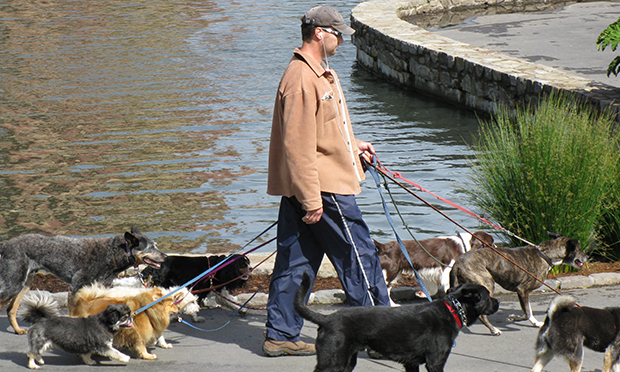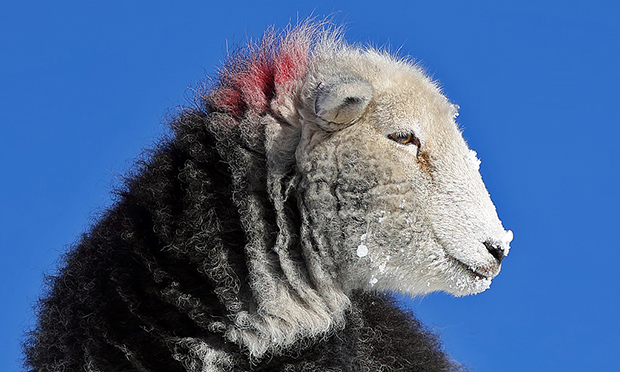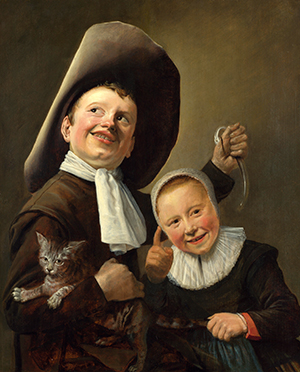Puppy-dog explosion and vanishing kittens

There are parts of N16 that look like becoming a growth area for entrepreneurial dog-walkers.
A licensed walker can get fixed rates (high) and a limit (low) on the number of dogs, promoting conflicting cries of rage and joy at the invasion of solitude in our parks. This is along with the incremental spread of excrement, or the infringement of the rights of man’s best friend to health, liberty and exercise.
The lockdown in Hackney has brought about a puppy-dog explosion – a comforting respite for those working from home, or uncertain of regular employment, a worthwhile undertaking with a constructive time-table, encouraging healthy outings and mutual affection.
But when the idealistic owner is overcome by the expense (a pedigree pooch from a reputable breeder can cost upwards of £3,000), added to the cost of training, exercise, special tinned or dried food, and the strains of the overall responsibility, the remedy lies in their own hands: ‘Eat the little buggers.’

Man’s best friend has been a gastronomic delight since pre-historic times, and still is in many parts of the world. Of the estimated 970 million dogs in the world, 10 to 20 million are eaten annually in China, and Korea and Thailand have special recipes for this tasty health-giving meat, with more than 10 names for different versions, like the much-loved gaejang-guk.
If you can go along with earnest foodie discussions about the merits of grass-fed Herdwick lamb in Cumbria and the flesh of those reared on the Gower Peninsula in Wales or the salt marshes of Kent – not salty, but perfumed with samphire and various marsh herbs – there is no reason to flinch at recycling that intransigent puppy. Man’s other best friends include horse and the patient oxen, dragging huge loads before the combustion engine took over.

The Roman oxtail stew, coda alla vaccinara, only happened when the poor tired animals could no longer work, and long, slow cooking was the best way to tame the tough but tasty flesh.
Many traditional recipes are based on consuming the old and weary, or alternatively eating the surplus young from too large a litter, like porchetta, a little sucking pig roasted with herbs and garlic, once cheap street food but now an expensive luxury.
We are on safer ground with dogs in Dutch portraiture, with a puppy on a lead, sitting subdued, or gently restrained by a small child clutching a basket of apples or cherries, in which the animal symbolises obedience and loyalty, and the fruit fecundity – desirable attributes in both girls and boys. This hope of taming natural exuberance in children seems less attainable when the animal is a cat, as we see in the above portrait by Judith Leyster of two of her children, where the long-suffering kitten and the slithery eel denote unbidableness and libidinous behaviour.
What became of our cats during the puppy-dog explosion? Hardly any are seen on the streets, perhaps kept indoors during lockdown, or sensibly keeping clear of the dog walkers? Their sublime opportunism and instinct for self-preservation will be looked at in detail in October.
